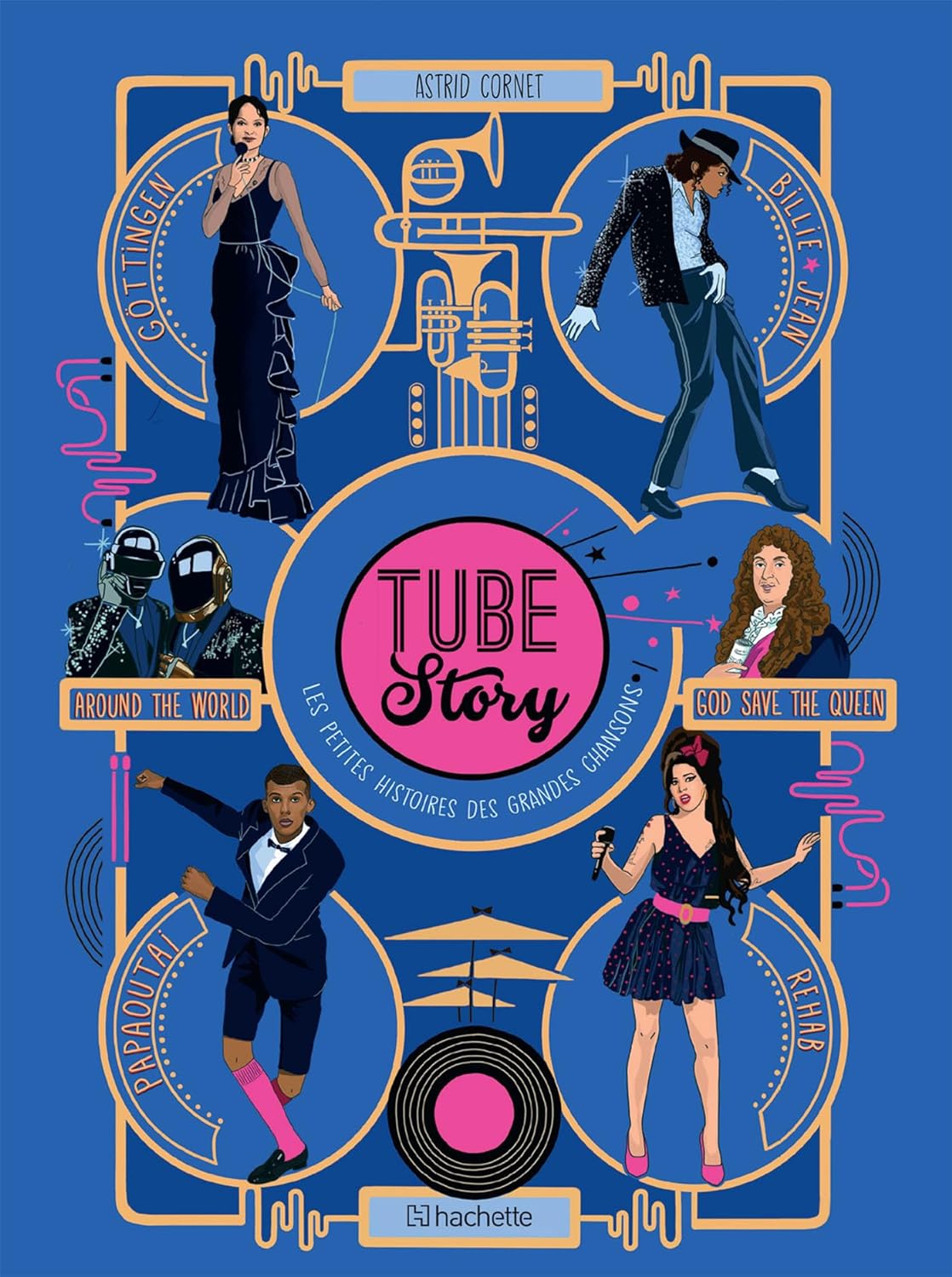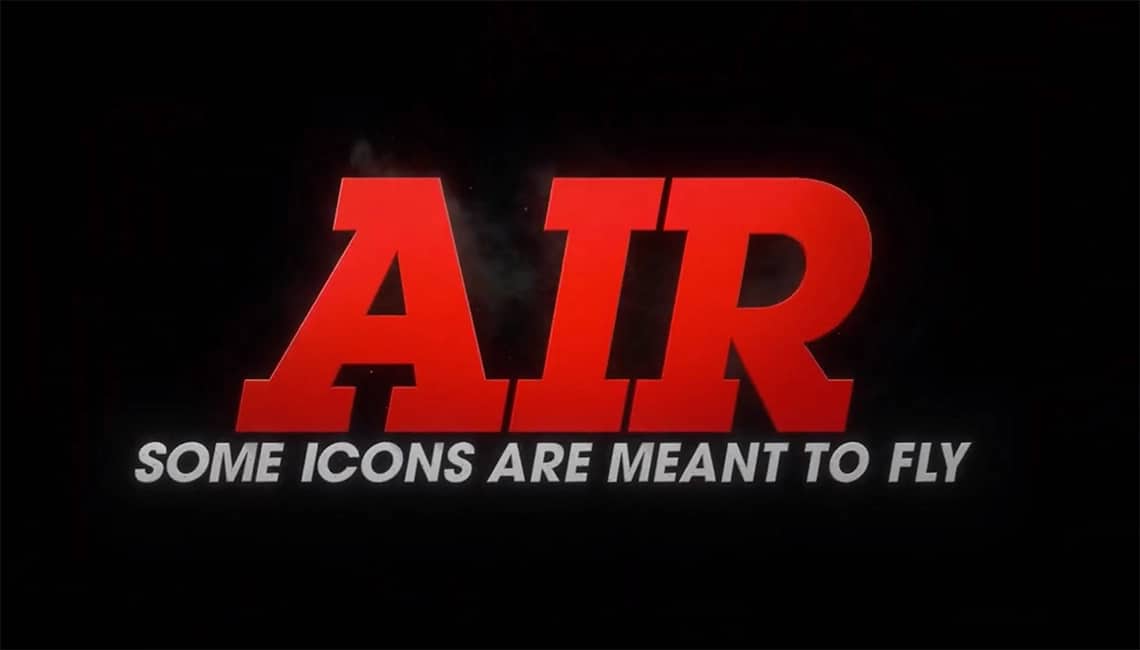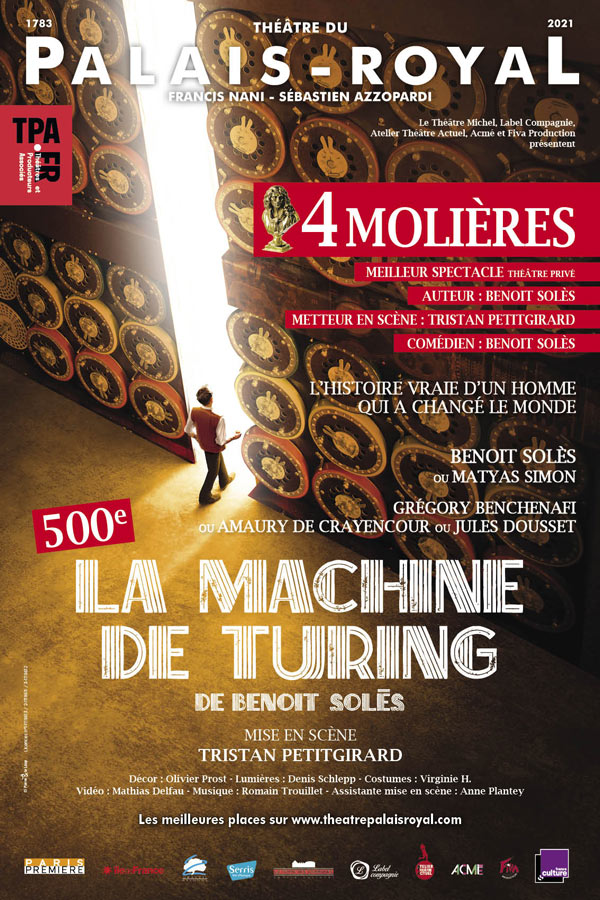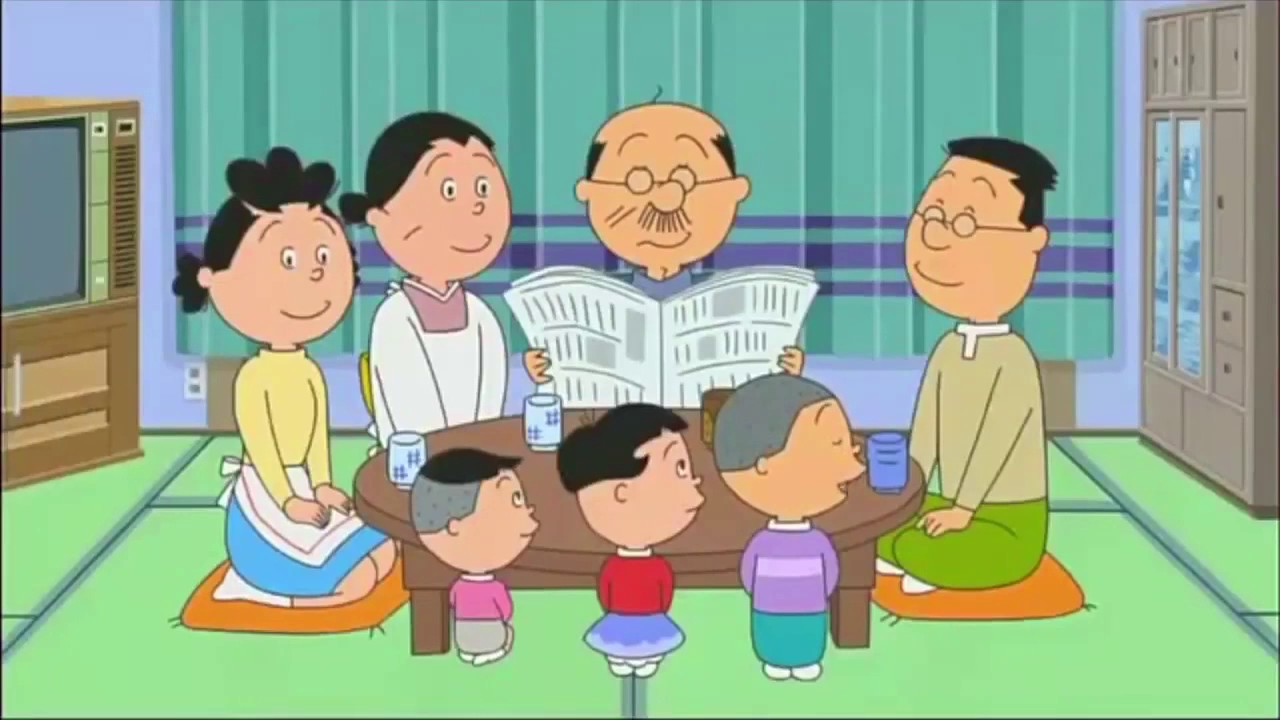The character of Arsène Lupin has had a fascinating fictional life. Appearing in 1905 in the magazine Je sais tout, it is the fruit of the fertile imagination of Maurice Leblanc. This Norman hero made publishers happy until 1941, the date of the death of its creator and the end of the series of books. He will then begin a second editorial career in Japan when the mangaka Monkey Punch creates Lupin III (aka Edgar of the burglar in French) grandson of the great burglar. The paper success attracted the attention of Japanese television, which produced between 1971 and today no less than seven series and 30 TV movies. The arrival of the series on the big screen did not take long with a 1stfeature film in 1978. A first apotheosis occurred in 1979 with the release of the Castle of Cagliostro directed by the great Hayao Miyazaki (who had already worked on the first half of the first series). Like a phoenix, the prince of burglars stands the test of time with nearly a dozen feature films produced since. Illustration with the release of the last film of 2019, a bold, generous and pleasant modernization of the character.
Lupin III: the first and the raiders of the lost diary
During the 1960s, Lupin and his acolytes Goemon and Jigen, travel to Paris to steal Bresson's diary. This room contains the secret works of an archaeologist who was killed by the Nazis for refusing to collaborate with them. Between the pages nestles the location of the eclipse, a powerful artifact. Obviously, the object arouses many desires. First, that of Fujiko, an expert thief, competitor and sometimes partner of Lupin. That of Laetitia, then, a young student who is fascinated by Bresson. And also, that of Inspector Zenigata of Interpol always on the trail of Lupin. Finally, that of former Nazis determined to restore the Reich. Lupin then finds himself embroiled in a story much more complex than a simple treasure hunt. He quickly discovers that his ancestor is intimately linked to this diary and that the young and pretty Laetitia hides a dark secret. Faced with difficult choices, not knowing who to believe, the cunning burglar relies on his fearlessness and his team to break the secret of the newspaper.
Lupin III: the first. A perfect technical demonstration
Let's thank Eurozoom for allowing us to admire this new iteration of the character. Because Takashi Yamazaki, the director of the feature film, master in 3D computer graphics, decided to give a facelift to the series. All his film is indeed made in 3D computer graphics. A bold bet, risky but brilliantly met. His work will dazzle you from the first seconds: elasticity of characters, textures, scenery. Everything exudes technical mastery. The visual effects teams deliver a work without false notes. The urban scenes, the interiors, the chases form the setting in which Lupin's colorful universe unfolds. Because, in addition to the beauty of the sets, the film responds perfectly to the other requirement of this universe: dynamism. The Lupin III spirit is adventure without limits. Chases, exotic landscapes, permanent action, twirling fights. The film of barely 1 hour 30 minutes goes fast, transports us to land, sea, different continents. The animation must follow and does it perfectly. Everything is fluid, readable, nervous, colorful. Whether for urban scenes, dogfights or scenes of confrontation with bare hands. The film does not lose its energy. We even admire the director's ability to perfectly manage the different tones: action, comedy, drama. The work on the faces thus touches perfection as we identify at first glance their characters: Fukijo the extravagant opportunist, Goemon the samurai stuck, Jigen the disillusioned gun wear. The whole forms a production of very high quality allowing to enter full foot in the history. 
An uninhibited pulp story
If the film goes so well, so quickly, it is because it relies on a terribly endearing atmosphere. This Lupin III feeds on multiple references of popular culture totally assimilated. Indeed, the story first multiple nods to Indiana Jones. Nazis, an antagonistic archaeologist, a secret base, all the cocktail of the 1stfilm of the saga is taken to give a breath of epic. The3rd opus is also almost entirely cited through the events to access the eclipse. A visible loan but one that goes well. Let us also highlight the role of music. The composition sometimes jazzy, sometimes scary, sometimes nostalgic ideally accompanies this archaeological quest a bit like that of John Williams in The Temple of Doom. The film is also inspired by a second popular figure: Tintin. The universe of Hergé's character feeds on the one hand the impression of permanent adventure. As in the best adventures of the intrepid reporter, you will witness aerial stunts, incredible rescues, reversals of situation. The influence of Tintin is also found in the construction of emotion. It is based on the relationship between Lupin and his team. A family that does not say its name, as in its time Tintin and his adventure partners. The sweet and funny domestic scenes, the complicity of all the moments emphasize the strength of their bonds. The film also likes to use the figure of James Bond. He portrays a Lupin worthy of Agent 007: combat-efficient, charming, with unpredictable gadgets. He is always one step ahead. With in addition a dose of humor sometimes daring (the photograph of Hitler!), the art of the good word in the pure pulp spirit. Moreover, at times we wonder if the director has not also seen OSS 117 by Michel Hazanavicius as he mocks the Nazis without limits. Takashi Yamazaki thus builds a solid narrative supported by a protean, modern hero at the crossroads of archetypes. 
Lupin III: the first. A film too short
Generous, funny, beautiful, the qualities of this feature film are not lacking. However, at the end of the viewing he lacks something to match Myazaki's film. We can first point out a small flaw in the narrative: the "deus ex machina". If this is an integral part of the Lupin spirit, some rescues are a little forced and deserved to be brought more subtly. We can also regret that the plot focuses on its main plot and leaves out important secondary elements: the role of Lupin's ancestor, how was the diary lost for so long, how did Interpol become aware of the neo-Nazi maneuvers? The story opens many doors on Lupin's ancestor and leaves questions hanging: did he survive the riddles, why did he leave… Questions that will perhaps serve as bases for another film. These remarks, however, are not enough to give a more than positive overall impression. Lupin III The first has a charm, an energy, a mastery that make hope for a bright future for the franchise.









































